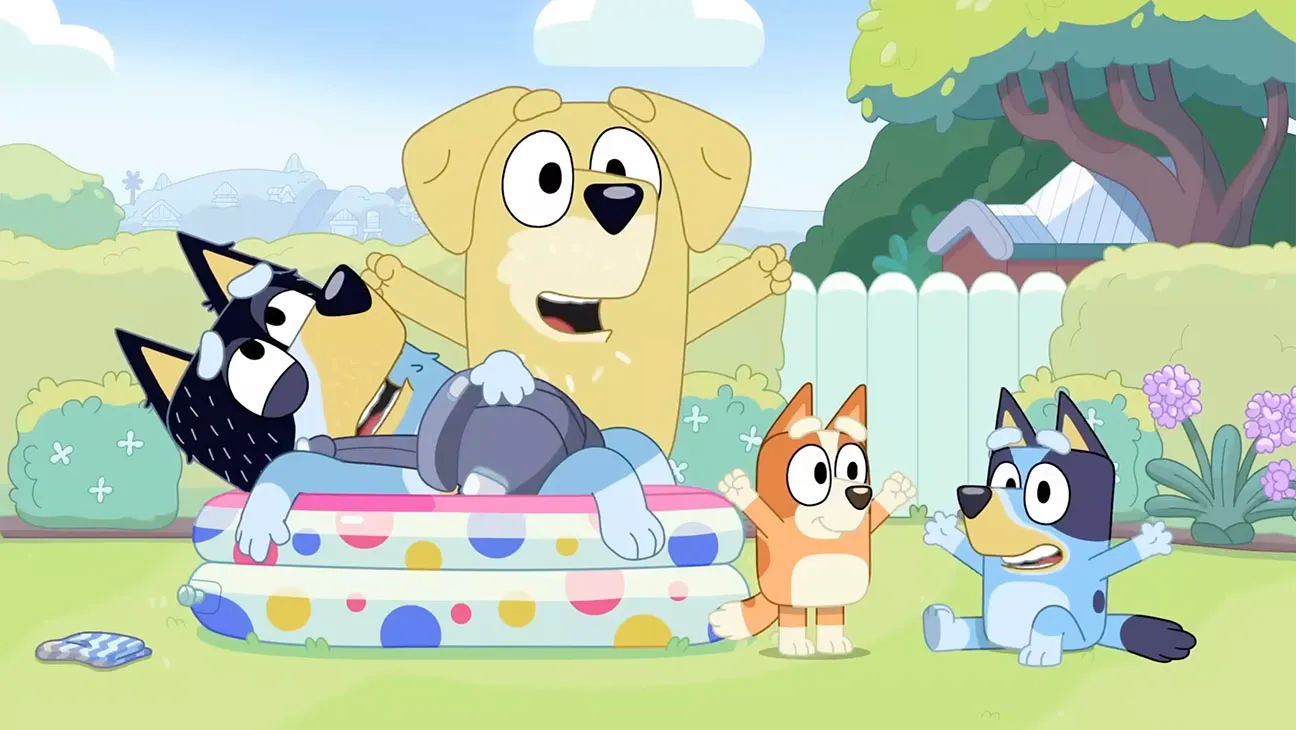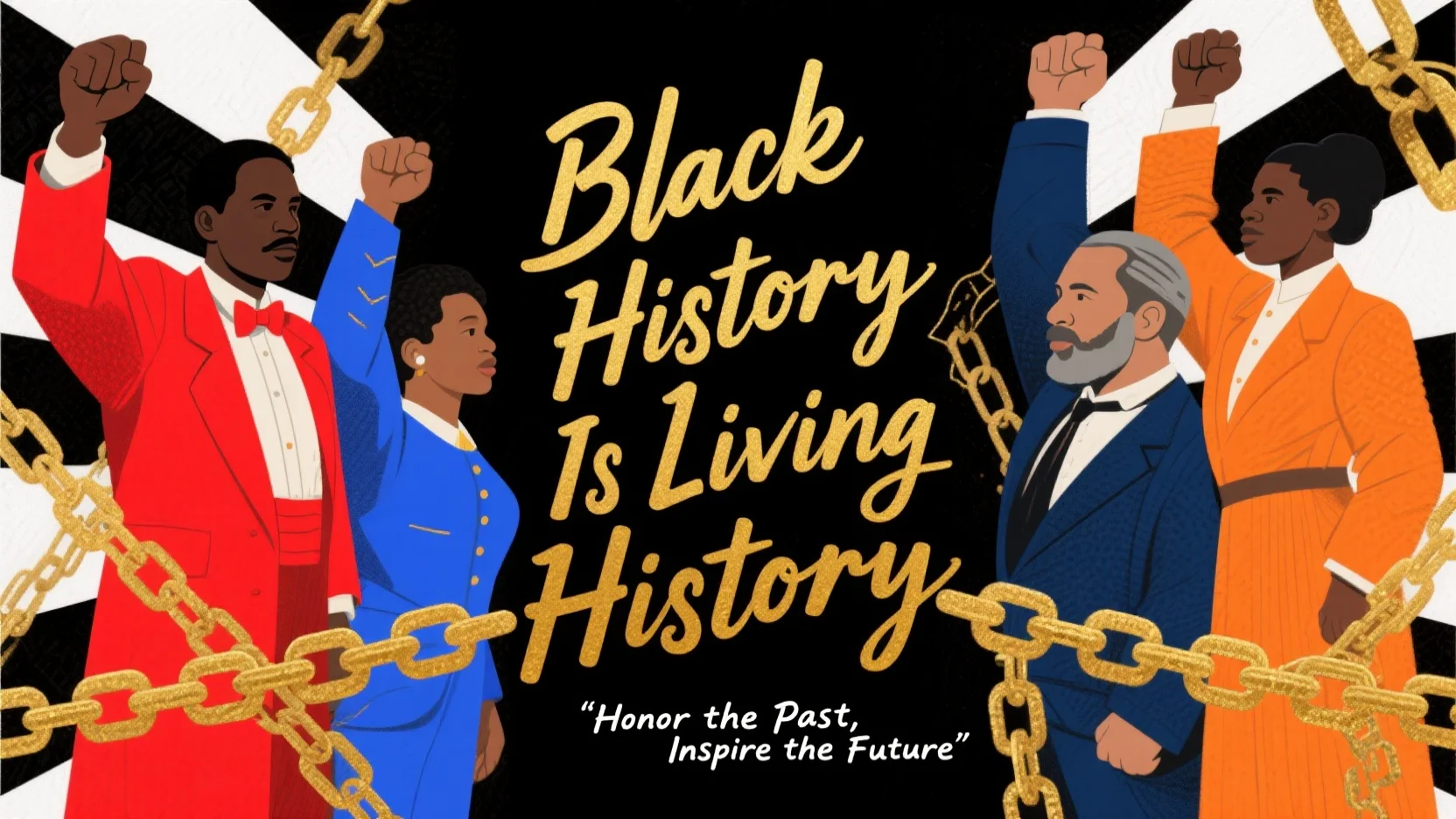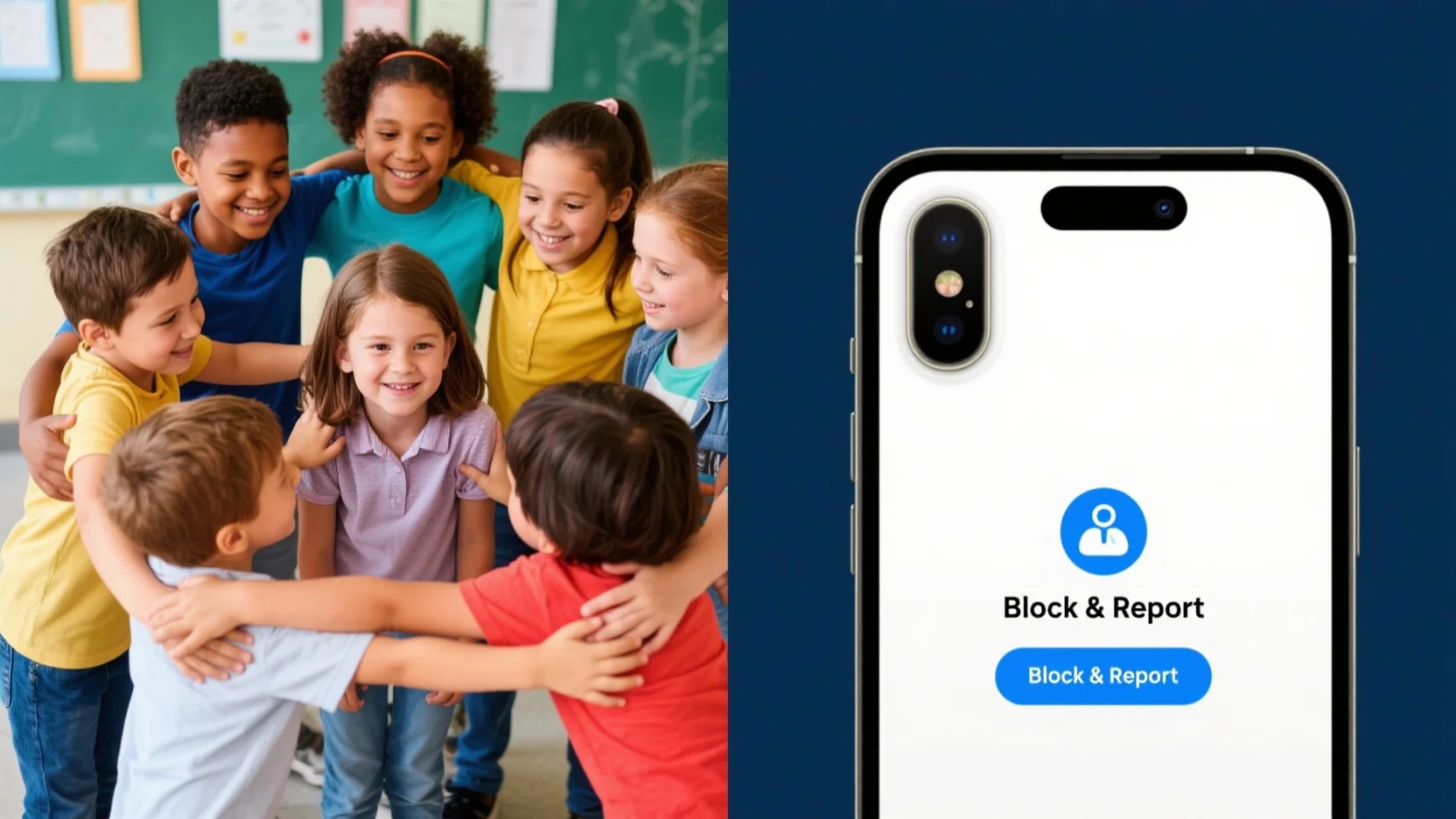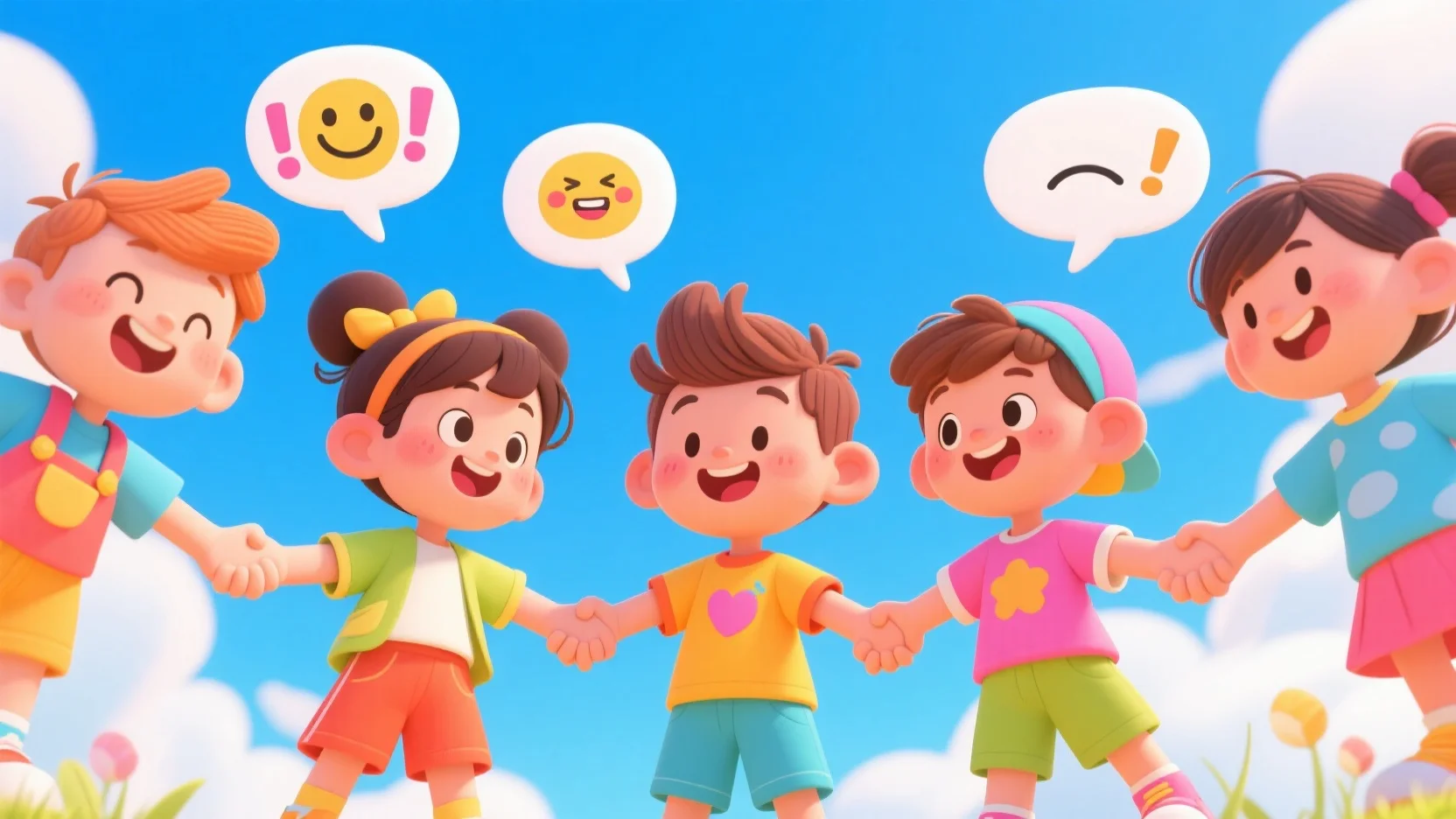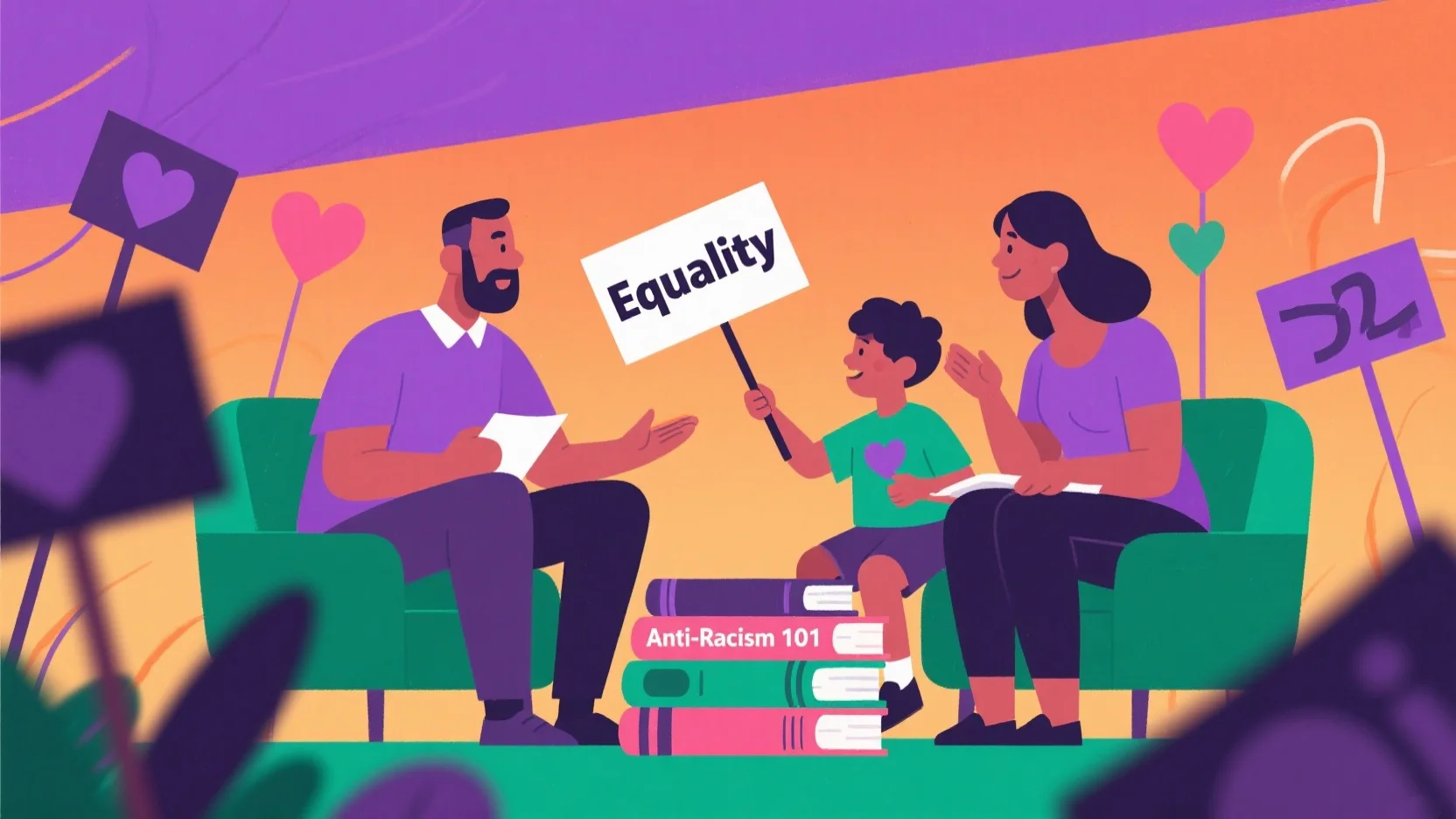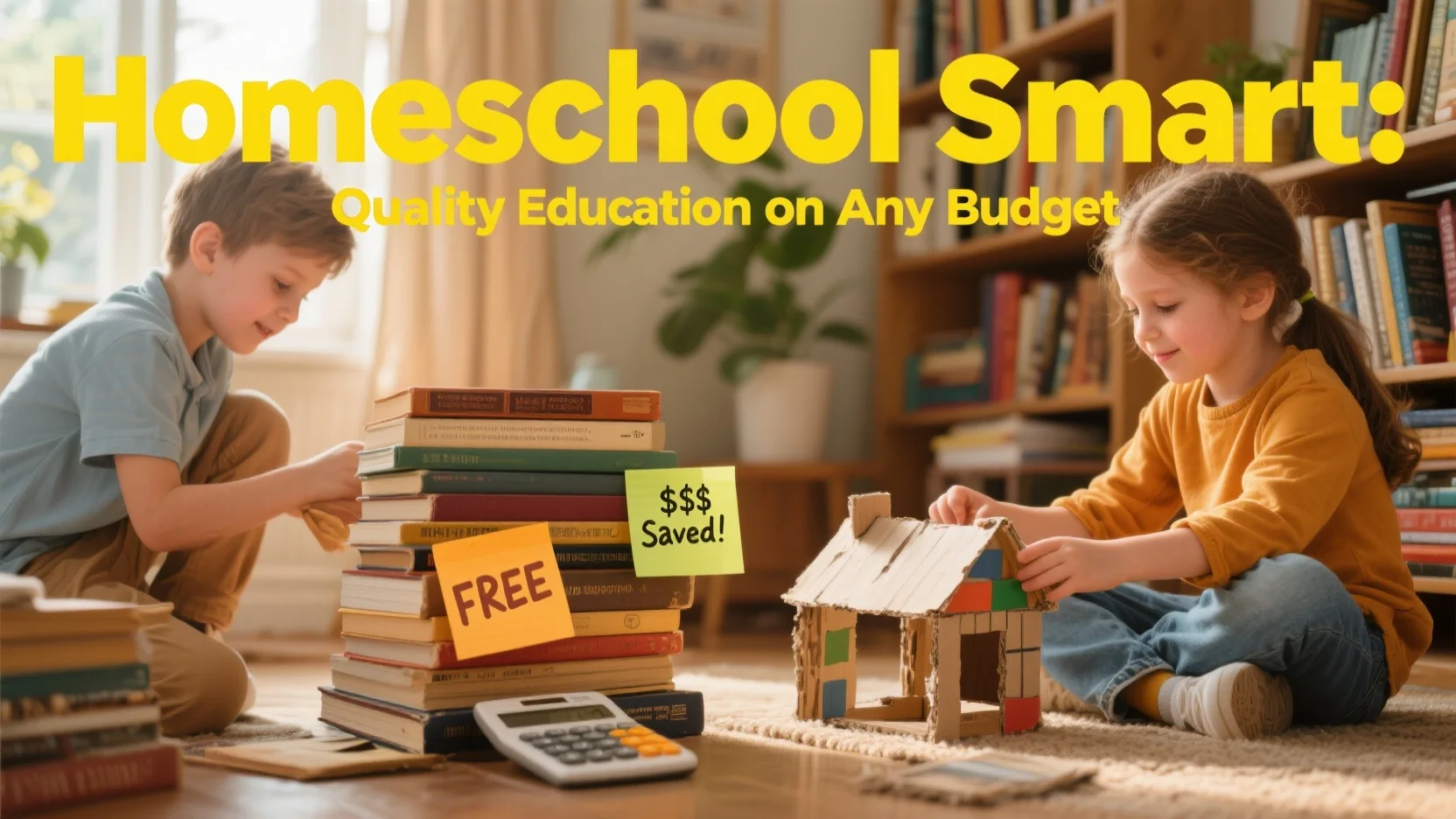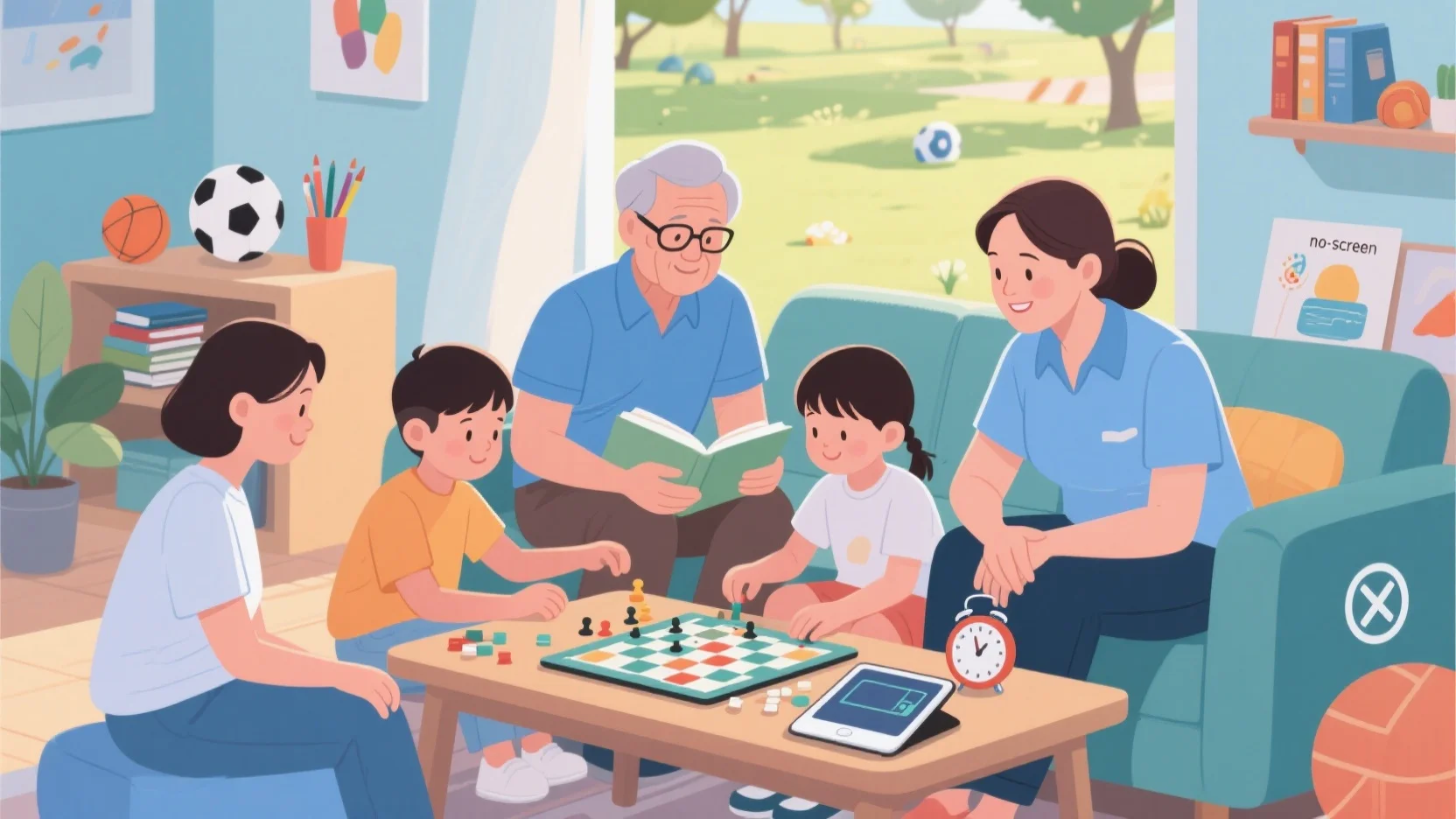A Deep Dive into the Beloved Kids’ Show That’s Winning Hearts — and Teaching Life Lessons
In the world of children’s television, few shows have captured the hearts of kids and parents alike quite like Bluey. This animated series from Australia, featuring a lovable Blue Heeler puppy and her family, has become a global sensation — praised for its charm, humor, and relatability.
But beyond the laughs and clever storytelling, many parents wonder: Is Bluey actually educational?
The answer is a resounding yes — though not in the traditional ABCs-and-123s sense. Bluey may not teach numbers or letters, but it offers rich, meaningful learning opportunities that support children’s emotional, social, and cognitive development. Here’s how:
1. Social-Emotional Learning at Its Best
One of Bluey’s most powerful strengths lies in how it models empathy, emotional regulation, and interpersonal skills. Through everyday adventures and imaginative play, Bluey and her sister Bingo experience a wide range of emotions — joy, jealousy, frustration, pride — and learn how to navigate them in healthy, constructive ways.
Episodes like:
- “Sleepytime” teach independence and the comfort of parental love even when apart.
- “Bumpy and the Wise Old Wolfhound” explore illness, patience, and caring for others.
- “Baby Race” addresses parental guilt and celebrates every child’s unique development journey.
Children watching these stories begin to develop a deeper understanding of their own emotions and those of others — laying the groundwork for empathy and emotional intelligence.
2. Encouraging Imaginative Play
At the heart of Bluey is play — and not just any play, but the kind that child psychologists and educators emphasize as essential for healthy development.
Each episode features the Heeler family immersed in creative, unstructured play that often mirrors real-life situations:
- Pretending to be doctors, shopkeepers, or animals
- Creating fantasy worlds with rules, challenges, and problem-solving
- Taking turns leading, following, and negotiating roles
This kind of play isn’t just fun — it builds executive function, flexible thinking, language development, and social skills. Watching Bluey can inspire children to initiate similar play in their own lives.
3. Modeling Positive Parenting and Relationships
Many parents say they learn just as much from Bluey as their kids do — and that’s no accident. The show models gentle, responsive parenting, with characters Bandit and Chilli (Bluey’s dad and mom) showing a blend of humor, patience, and humility.
They:
- Engage actively in their children’s play, treating it as meaningful and worthwhile.
- Set boundaries with kindness, helping kids navigate disappointment and learn resilience.
- Acknowledge their mistakes, demonstrating that adults aren’t perfect and that it’s okay to apologize.
This modeling helps both children and adults see what healthy communication, emotional validation, and family bonding can look like.
4. Teaching Real-Life Concepts in a Kid-Friendly Way
While Bluey isn’t an “academic” show, it does an incredible job of exploring real-life experiences that young children face:
- Learning to share and take turns
- Trying something new and failing
- Feeling left out or jealous
- Dealing with illness, moving, or grief
Episodes like:
- “Granny Mobile” explore respecting elders and the joy of multi-generational bonding.
- “Turtleboy” shows the complexity of attachment and letting go.
- “Onesies” gently introduces the topic of infertility, all while remaining accessible to young viewers.
These moments open doors for parents and kids to discuss important issues in a safe, age-appropriate way.
5. A Show That Respects Children’s Intelligence
What makes Bluey unique is how much respect it shows for young audiences. The humor isn’t watered down, the emotional stakes feel real, and the characters are layered. Kids are treated as capable thinkers and feelers — not passive viewers.
The show also avoids overstimulation, opting for simple animation, clear storylines, and relatable pacing — which helps children wind down, reflect, and absorb what they’ve seen.
Conclusion: A Different Kind of Education
Bluey might not teach your child the alphabet — but it teaches something arguably more important:
How to be kind, imaginative, resilient, and connected to others.
It’s a gentle guide through the complexities of childhood, giving both children and parents tools to grow together.
So yes, Bluey is educational — not through quizzes and lessons, but through laughter, love, and the magic of everyday life.
